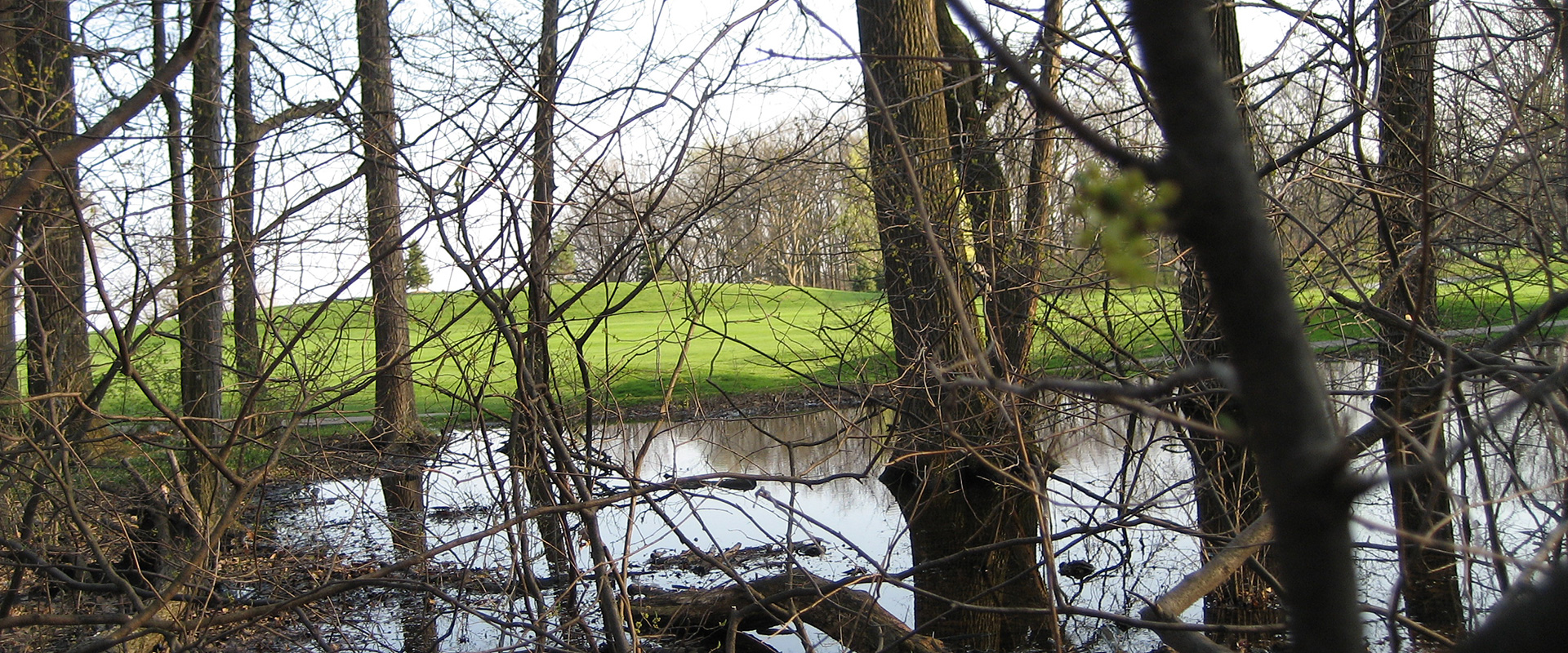Background on Ecosystem
Much of the central United States of America that was formerly forest, woodland, or grassland, has now been converted to row-crop agriculture. Remaining patches of pre-colonization habitat are small and isolated between agricultural and urban land use areas. Biophonic soundscape contributions come primarily from birds, frogs, and insects.
Specific Location
The western section of Tippecanoe County, Indiana, United States of America
Biome Classification(s)
Köppen-Geiger: Dfa Snow Fully Humid Hot Summer
Threats to Ecosystems and Animals
Land use change, habitat fragmentation, invasive species, pollution, and car strikes represent significant threats to animals in this highly fragmented landscape.
- Study 1: Land Use Comparison. Recorders are deployed in agricultural, and forested landscapes to compare the acoustic communities and temporal soundscape dynamics between the land use categories.
- Study 2: Climate Change. As the longest CGS study, this project is examining changes in soundscape phenology—the timing of annual sound events—to see if animal sound production exhibits long term trends linked to anthropogenic climate change.


